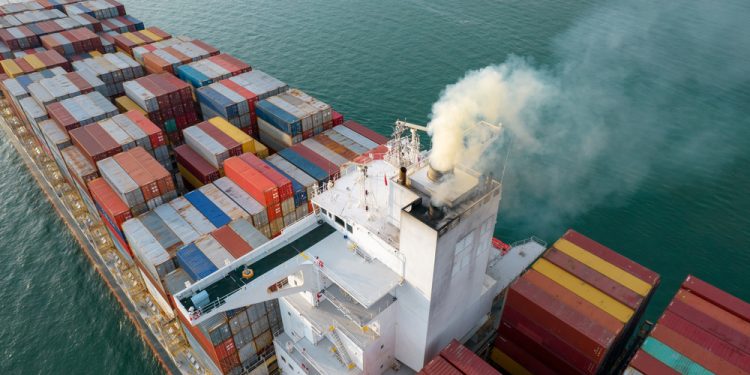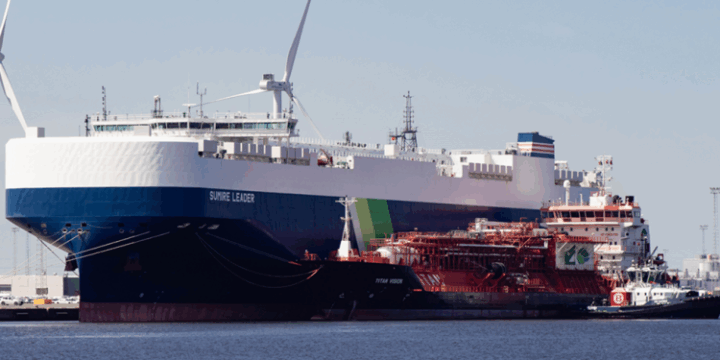July 24, 2025

Following an industry consultation that concluded earlier this year, the UK government has published its interim response regarding the expansion of the UK ETS to the maritime sector, stating its intention for the regime to begin on 1 July 2026.
As announced, the UK government has released its interim response on the expansion of the UK ETS to the maritime sector. The response notes that its publication is intended to give maritime operators time to begin preparations and to enable regulators to initiate onboarding activities ahead of the scheme’s implementation.
Key takeaways
- The intention is for the UK ETS maritime regime to start on 1 July 2026. The first scheme reporting “year” will run from 1 July 2026 to 31 December 2026 and subsequent reporting years will be on a full calendar year basis.
- The deadline for surrendering of allowances against the verified emissions will be 30 April of the year immediately following the reporting year. As an example, this would mean that for the 1 July 2026 to 31 December 2026 reporting year the deadline to surrender allowances would be 30 April 2027.
- The regime will apply to vessels of 5000 gross tonnage (gt) and above.
- The UK ETS will include all domestic voyages, being voyages from one UK port to another UK port and voyages which start and end at the same port in the UK. All emissions within a voyage will be included, including while at anchor and while moored. In addition, all in port emissions from ships which are travelling domestically, internationally or both will be included.
- The entity responsible for compliance will be the Registered Owner, or the ISM Company where it has properly assumed responsibility by way of a legally binding agreement.
- Government, non-commercial maritime activity is exempted.
- The emissions to be caught are carbon dioxide, methane and nitrous oxide.
- Emissions Monitoring Plans (EMPs) will be required per operator, not per ship, and approval will be required from the regulator, not the verifier.
According to NorthStandard, no date has been given yet for the full UK ETS Authority response, which it is stated will be issued “as soon as possible”. It is hoped that the full response, once issued, will provide clarity in respect of matters such as international voyage emissions, which are intended to be included in due course, and treatment of offshore vessels.
Commenting on the interim response, the British Ports Association (BPA) highlighted that whilst the intention is to align the UK and EU schemes, the UK will cover vessels supporting the offshore energy industry before the EU, increasing costs for using UK ports.
According to BPA, this move risks undermining the UK ports’ competitiveness.
We are bitterly disappointed at this own goal, which will undermine the competitiveness of UK ports particularly with those European operators involved in offshore wind contracts. It is difficult to understand the reasoning for pushing forward at such pace, with no phase in as other industries have had, no de minimis thresholds, and no plan to roll back the scheme when international measures take effect and duplicate the regulation later this decade. It is not too late to change course.
…said Mark Simmonds, Director of Policy & External Affairs, British Ports Association.

